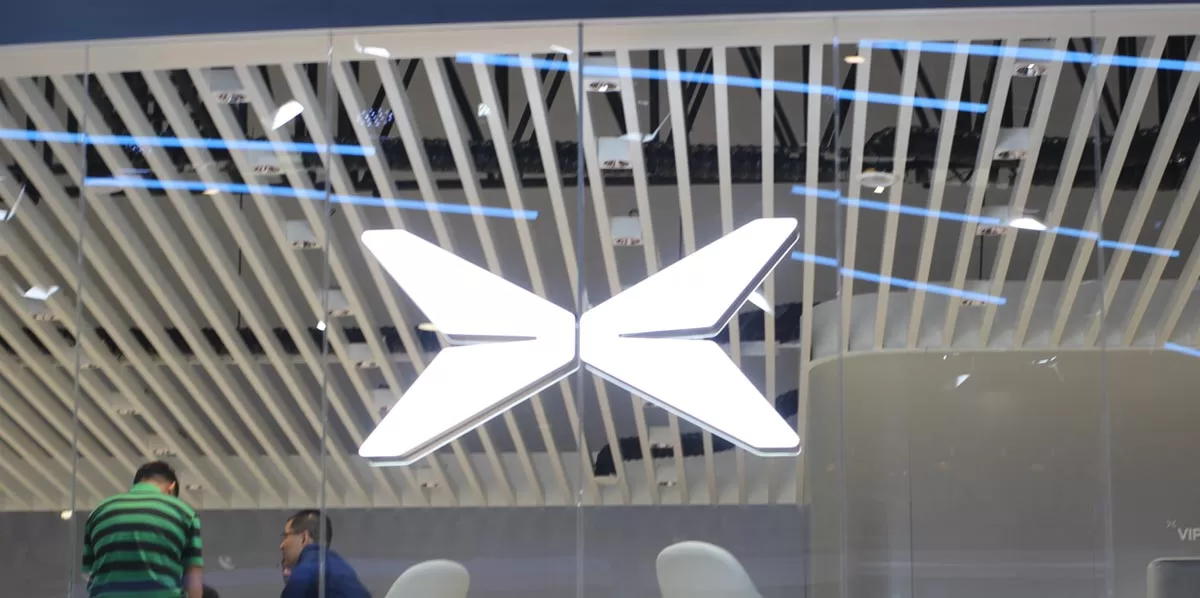Xpeng's chip is a centralized computing architecture chip that supports powering the cockpit and smart driving, with AI computing power close to the level of 3 mainstream smart driving chips, according to local media.

Xpeng's (NYSE: XPEV) in-house developed smart driving chip has been successfully taped out, making it the next local automaker to see this achievement after Nio (NYSE: NIO).
Local media outlet 36kr reported the development today, citing a person familiar with the matter as saying that the chip is specifically designed for AI (artificial intelligence) needs and end-to-end large models.
The chip is a centralized computing architecture chip that supports driving smart cockpits and smart driving, with AI computing power close to the level of 3 mainstream smart driving chips, according to the report.
Xpeng will officially release information about the in-house developed chip at its 10th anniversary celebration and Mona M03's launch event on August 27, the report said.
Xpeng will launch the first model of the Mona array, the M03, on August 27, which will be its cheapest model.
The Xpeng Mona M03 will start at no more than RMB 135,900 ($19,080), the company said earlier this month.
Tape-out is a technical term used in the chip industry, which refers to the process of transforming a circuit design into a chip that can be produced on an assembly line after the chip design has been completed.
After a successful tape-out, a chip prototype can begin mass production if it passes subsequent tests.
Nio unveiled the Shenji NX9031 at Nio Day 2023 held on December 23, 2023, and the chip will be used in the ET9 executive flagship sedan. The sedan is already available for pre-order, but deliveries won't start until the first quarter of 2025.
At the Nio IN 2024 Tech Day event in Shanghai on July 27, Nio announced that the Shenji NX9031 chip had successfully taped out.
Li showed a prototype of the Shenji NX9031 chip at the time, claiming that the performance of one chip is comparable to that of four of the industry's flagship chips.
Xpeng moved ahead of both Nio and Li Auto (NASDAQ: LI) in its efforts to develop its own chips, starting to build its team in 2020, which is currently between 200-300 people in size, according to the report in 36kr today.
The computing power design of Xpeng's chip is tied to its use of big end-to-end models for autonomous driving. The company launched its end-to-end smart driving large model on May 20 that can be used in production vehicles.
Xpeng now knows where the computing power should be used, so it will be more sophisticated in its thinking about computing power allocation, the report said, citing an insider.
Li Auto also has a chip project codenamed “Schumacher,” which started later than Nio and Xpeng, but would also tape out within the year, according to a July 9 report by 36kr.
($1 = RMB 7.1225)

